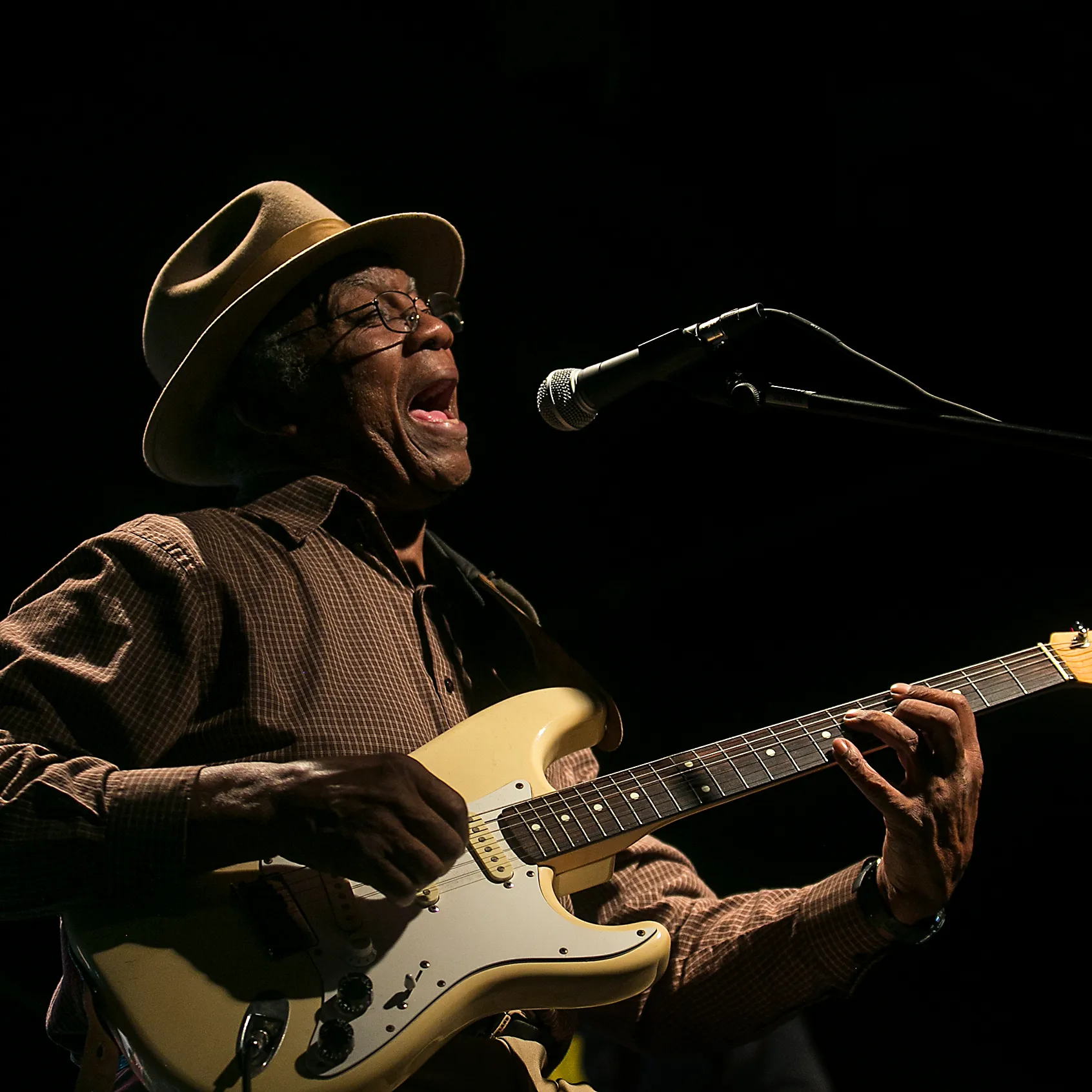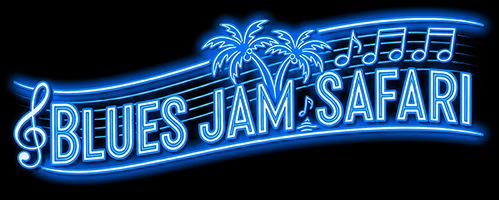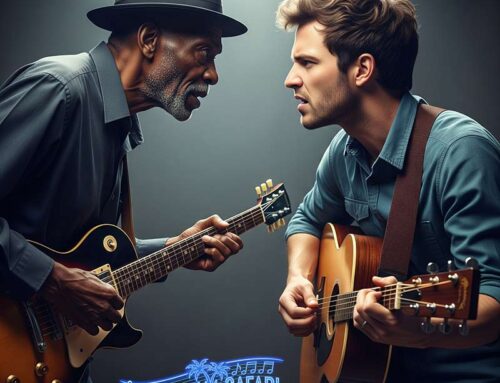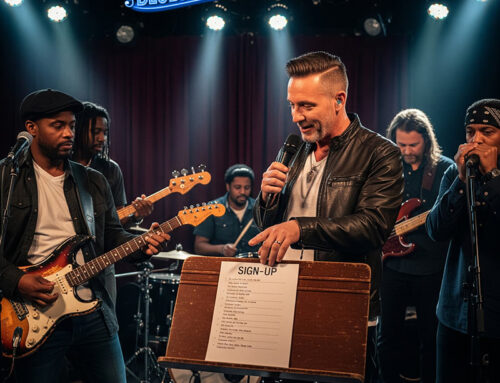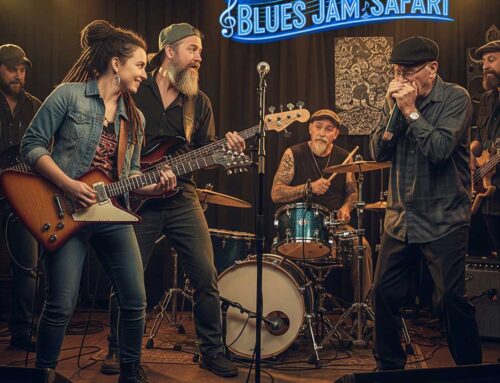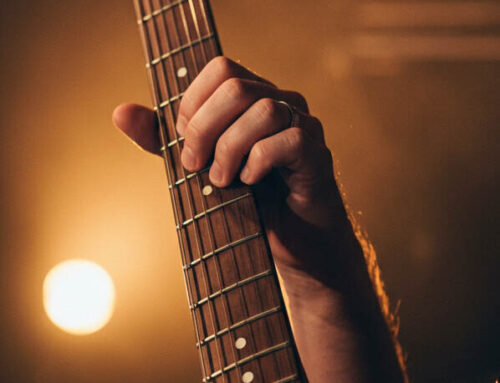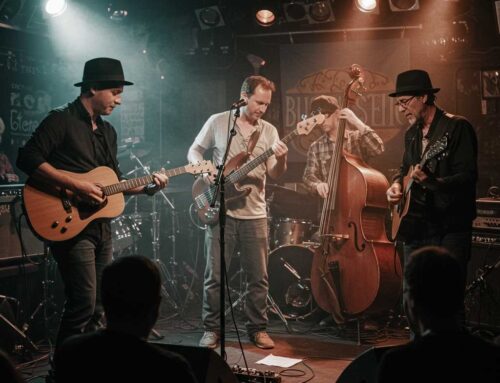The Unplugged Truth: Why We Must Preserve the Blues Jam
By: Richard Harvey
In an era of meticulously polished recordings and highly choreographed stage shows, there’s a raw, vital current that still electrifies the heart of music. It flows from the blues jam. More than just a casual get-together for musicians, the blues jam is a living, breathing, unwritten textbook of musical evolution. It’s where authenticity thrives, skills are forged in fire, and the very soul of improvisation is passed down, one spontaneous lick at a time. Preserving this unique cultural crucible isn’t just about nostalgia; it’s about safeguarding the future of musical creativity itself.
The Blues Jam: Music’s Primal Classroom
Imagine a time before YouTube tutorials and digital audio workstations. In the juke joints, on the porches, and in the back rooms, music wasn’t learned from a screen; it was learned by doing, by watching, by listening, and by responding. The early blues jam was this classroom. It was a space where:
- Improvisation was the Curriculum: There were no charts, just a shared understanding of the 12-bar form. Musicians learned to communicate through their instruments, responding to a vocal moan with a guitar answer, building a solo on the fly, pushing and pulling the groove. This spontaneous creation is the very bedrock of countless genres.
- Skills Were Honed in Public: It was a low-stakes proving ground. A novice could try out a new riff, a seasoned player could explore new harmonic ideas, all within the forgiving, supportive (yet competitive) embrace of the jam. It taught listening, musical empathy, and the courage to take risks.
- The Oral Tradition Thrived: Licks, riffs, lyrical fragments, and emotional nuances were transmitted not through notation, but through direct interaction. This human-to-human transmission is how the blues’ deep emotional vocabulary and distinctive “blue notes” spread, influencing generations.
This hands-on, learn-by-doing environment, steeped in the spirit of collective creation, is something increasingly rare in our digital world.
The Jam’s Enduring Legacy: The Spark of Every Genre
The impact of the blues jam radiates outwards, touching nearly every facet of modern music:
- Jazz: The jazz jam session, with its complex “head-solos-head” structure, is a direct, sophisticated descendant. It built on the blues’ improvisational DNA, elevating it with advanced harmony and virtuosic expression. Without the blues jam’s foundational lessons in spontaneous communication, jazz as we know it simply wouldn’t exist.
- R&B and Soul: When the blues got electric and met gospel’s fervor, the jam persisted. Live R&B and soul bands were masters of the extended groove, building tension and release through collective improvisation and allowing soloists to unleash their passion. The raw, spontaneous energy that makes you want to dance owes its lineage to the blues jam.
- Rock & Roll: This genre is, at its heart, amplified blues jamming. The iconic guitar solos, the raw energy, the call-and-response between instruments and vocals—all hail directly from the blues. From the early electric blues pioneers to rock legends like Jimi Hendrix and Led Zeppelin, their explosive live performances were essentially extended, electrifying blues jams.
- Funk and Jam Bands: These genres take the blues jam’s emphasis on groove and collective improvisation to new extremes. Funk thrives on interlocking, spontaneous rhythmic interplay. Jam bands build entire concerts around open-ended improvisation, using a simple chord progression as a springboard for hours of musical conversation, a direct echo of the blues’ endless variations on a familiar theme.
Why Preservation Matters Now More Than Ever
In an age where AI can generate songs and virtual instruments can mimic any sound, the human element of shared, in-the-moment creation is precious. Preserving the blues jam means:
- Protecting Authenticity: It keeps the music real, rooted in human connection and raw emotion, rather than perfect, lifeless reproduction.
- Fostering Organic Growth: Jams are incubators for new ideas, new sounds, and new collaborations that can’t be programmed. They ensure music continues to evolve organically.
- Building Community: Jams bring people together – musicians and listeners alike – creating a shared experience that transcends individual performance. They are vital social hubs where musical knowledge and cultural heritage are exchanged.
- Training Future Innovators: The skills learned in a jam – active listening, spontaneous reaction, melodic invention, rhythmic intuition – are invaluable for any musician, regardless of genre. They teach flexibility and resilience, qualities essential for navigating the ever-changing music landscape.
So, the next time you see a local blues jam advertised, don’t just walk by. Step inside. Listen. Feel the current. You’re not just witnessing a performance; you’re experiencing a living piece of musical history, a vibrant tradition that continues to fuel the very evolution of sound. And by supporting it, you’re helping to keep the flame of true musical innovation burning bright.
